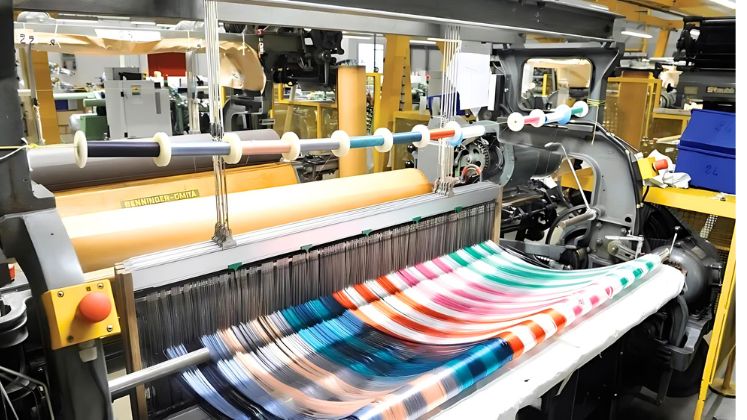As a global epicentre of luxury fashion, Italian fashion is bearing the brunt of the economic downturn. The textile and apparel sector, which began to slow in late 2023, has rapidly deteriorated. New data from Sistema Moda Italia reveals that 75% of companies have suffered revenue losses, with a catastrophic 25% enduring declines of at least 20%.
The confluence of economic instability, rampant inflation, elevated interest rates, and surging energy costs has dramatically reduced consumer purchasing power. Exacerbated by geopolitical tensions, this challenging economic climate has emerged as a primary concern for Italy’s fashion sector, as evidenced by SMI’s findings.

A mere 17% of surveyed fashion businesses reported revenue growth in the first six months of 2024, resulting in a 5.8% average sales drop compared to the previous year, according to SMI. Industry sentiment is pessimistic for the second half, with only 19% of companies optimistic about improvement.
In addition, a survey of small and medium-sized textile and apparel businesses across Italy, conducted in early July, paints a bleak picture. While 19% of companies anticipate increased sales, the majority (61%) foresee a slowdown. The remaining 20% expect sales to remain steady. SMI estimates a 6.2% revenue drop for the sector in the first nine months of the year.
The Italian fashion industry is facing a prolonged crisis. A staggering 64% of businesses expect to end the year with lower sales than in 2023, and just 11% are optimistic. According to industry leaders, recovery is not expected until early 2025.
Revitalising Italian Fashion Through Strategic Action
Furthermore, the Italian fashion industry, employing nearly 300,000 people, is grappling with employment instability. While some companies have maintained or increased staff, job cuts are affecting 20% of businesses. The increasing use of social safety nets, with 26% of companies utilising them in Q2 and 33% planning to do so in Q3, signals a worsening employment crisis.
“We are living through a historic period that poses growing challenges for the textile and fashion industry. To address these, it is crucial to revitalise the entire production chain with targeted actions and strengthen strategic ties with Europe and key markets,” said Sergio Tamborini, president of SMI, in a press release. He emphasises the need for “an urgent strategic plan to protect our creative, human, and industrial technological assets.”

The entire Italian fashion industry, encompassing leather goods and accessories, achieved over 110 billion euros in revenue in 2023, marking a 5% increase from 2022. The textile and clothing sector alone reached 64 billion euros, with exports accounting for 70% of this figure and men’s fashion contributing nearly 12 billion euros. “If we manage to end 2024 with the same numbers as 2023, we can consider ourselves lucky,” Sergio Tamborini remarked in a recent interview.
The Italian fashion industry, a global powerhouse, faces a critical juncture. The decline in consumer spending, coupled with geopolitical tensions, has created a perfect storm. To weather this crisis, a strategic roadmap is essential to protect jobs, support businesses, and revitalise the sector.


